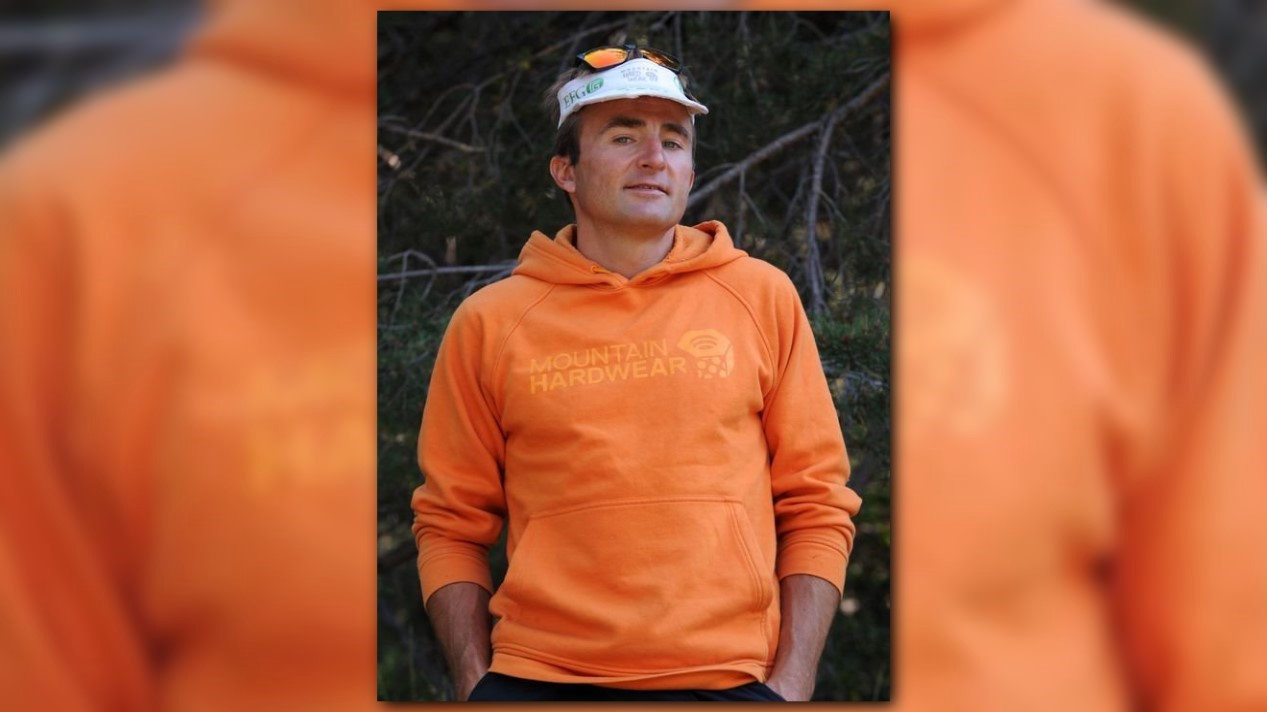Legendary Swiss rock climber and mountain climber Ueli Steck died Sunday in a mountaineering accident in Nepal, his family said.
"Ueli Steck was killed while trying to climb Mount Everest and the Lhotse," the family said on his Facebook page, adding that the exact circumstances of his death were not immediately known.
Steck, 40, held several mountaineering records, including for speed-climbing.
"As soon as there are reliable findings on the causes of Uelis Steck's death, the media will be informed," the statement said. "The family asks the media for understanding that they will not provide any further information at the time."
Steck and Tenzing Sherpa were preparing to climb Mt. Everest by the difficult and dangerous West Ridge/Hornbein Couloir route, The Himalayan reported. The website said Steck was preparing his body to high altitude climbing.
"Quick Day from Basecamp up to 7000m and back," Steck posted on his website Wednesday. "I love it. It's such a great place here. I still believe in active acclimatization. This is way more effective then spending nights up in the Altitude!"
He was the first casualty in the spring mountaineering season in Nepal that began in March and will end in May. Hundreds of foreign climbers are on the mountains to attempt to scale Himalayan peaks in May when there are a few windows of favorable weather.
In 2013, he achieved the first solo climb of the Annapurna south face in Nepal after almost losing his life in a fall there in 2007. For that he received the “Piolet d’Or” — considered the Oscar of mountaineering — the following year.
In a recent post on his website, Steck mused about the transience of success in mountaineering and the inevitable decline that comes with age.
“A record is broken again and again, and the world keeps on turning,” he wrote. “You are getting older and there comes a time when you have to adjust your projects to your age.”
Asked about the upcoming expedition, Steck told Swiss daily Tages-Anzeiger in an interview last month: “When I’m on Everest I can stop at any point. The risk is therefore quite small. For me it’s primarily a physical project. Either I get through, or I don’t have the strength for the whole traversal.
“Of course I want to climb Everest and Lhotse,” Steck told the paper when asked about his measure of success. “But that’s a very high goal. Failure for me would be to die and not come home.”
Contributing: Associated Press


